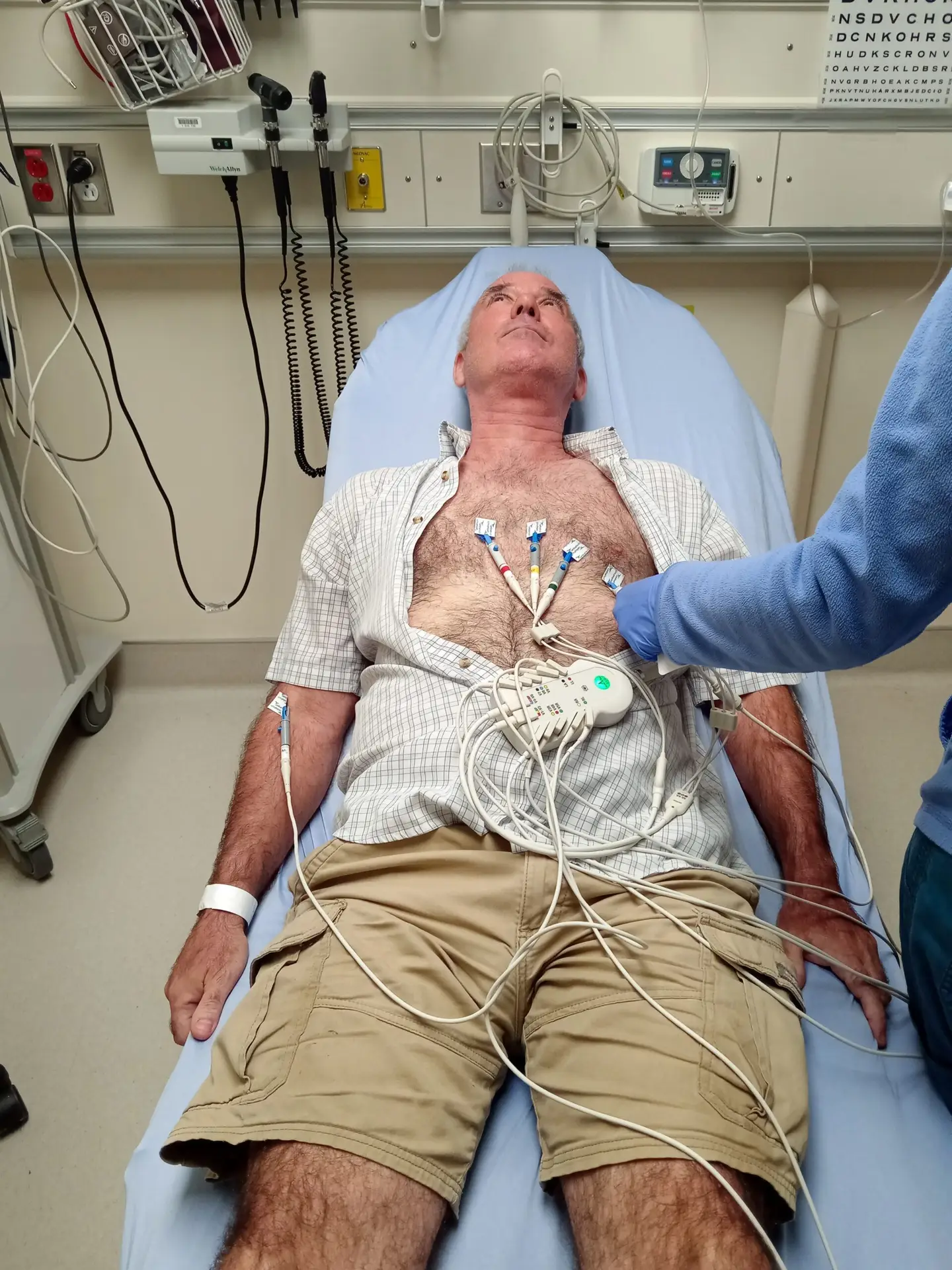The Strategic Power of Medical Experts in the $45M Orlando Health Verdict
A Critical Delay with Fatal Consequences
In a significant Florida malpractice case, a jury awarded $45 million to the family of James Sada, who died following a delayed transfer for emergency cardiac care. This case underscores the pivotal role of expert medical testimony in navigating complex legal defenses and highlighting systemic failures.
On July 26, 2020, James Sada arrived at South Seminole Hospital (SSH) experiencing a STEMI—a severe heart attack requiring immediate catheterization. SSH, part of the Orlando Health network, lacked the necessary facilities. Instead of directing Sada to a nearby, fully equipped competitor hospital less than four miles away, staff admitted him and arranged for an intra-network helicopter transfer to Orlando Regional Medical Center. The helicopter departed nearly 90 minutes later, after a 23-minute delay to burn off excess fuel. Sada died shortly after arriving at ORMC’s cath lab, never having received the intervention that might have saved his life.
Legal Strategy: Exposing Systemic Priorities
Plaintiffs’ counsel, Stuart Ratzan, argued that Orlando Health prioritized internal patient retention over urgent care delivery. “They developed a system to attract and keep heart attack patients within their network,” Ratzan told Law360, framing it as a business model rather than an isolated error.
Orlando Health invoked Florida’s Good Samaritan Act, which limits civil liability unless a provider’s conduct constitutes reckless disregard. Typically, this statute offers robust protection. However, the jury determined that the hospital’s actions amounted to reckless indifference, a rare and elevated legal standard. This finding pierced the immunity defense, resulting in the $45 million award: $15 million each to Sada’s widow and two of his children under 25 at the time of death.
The Chain of Missteps That Carried Legal Weight
The facts that moved this case beyond routine malpractice into the realm of reckless indifference are worth a closer look. South Seminole Hospital admitted Sada knowing it lacked a catheterization lab, bypassing the nearest suitable facility less than four miles away. The helicopter transport to Orlando Regional Medical Center was delayed 23 minutes to burn off excess fuel—a fatal stall for a patient in cardiac crisis. Once Sada arrived, efforts to intubate were compromised by missing equipment. The absence of an ETCO₂ adapter forced the removal of the endotracheal tube, further destabilizing the patient. Jurors were presented with a timeline that reflected not just a cascade of oversights, but a systemic prioritization of network retention over emergent triage. In a state where emergency immunity statutes often block liability, the verdict in this case signals that business-driven care pathways are not immune from judicial scrutiny.
Procedural Hurdles and Legislative Implications
Florida’s wrongful death statute prohibits adult children over 25 from recovering non-economic damages in medical malpractice claims. Consequently, three of Sada’s six children were ineligible for compensation. “It would’ve vanished in the vapor,” Ratzan noted, emphasizing the case’s fragility under current law. Proposed reforms (H.B. 6017 and S.B. 734) aim to address these limitations.
Closing Argument: Expert Testimony and Accountability
This case demonstrates how expertly delivered medical testimony can do more than explain clinical facts—it can expose the structural roots of negligence. By clearly mapping missed interventions to irreversible outcomes, expert witnesses helped jurors understand how hospital policies—not just isolated errors—contributed to a preventable death. The Sada verdict affirms that when health systems prioritize institutional loyalty over emergency triage, courts may view such conduct as reckless, not merely negligent. In an era where care pathways are increasingly dictated by network strategy, this case signals to litigators that strong expert analysis, paired with a compelling narrative, can pierce even the most robust statutory defenses. It redraws the boundaries of hospital liability—and reminds legal teams that the right voice in the witness box can define the entire verdict.


